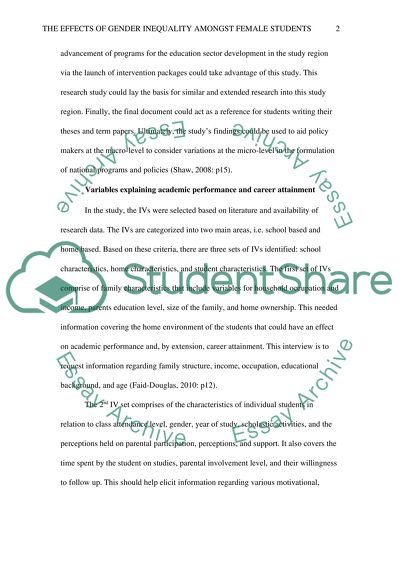Cite this document
(“The Effects of Gender Inequality amongst Female Students Dissertation”, n.d.)
Retrieved from https://studentshare.org/sociology/1464225-the-effects-of-gender-inequality-amongst-female-students
Retrieved from https://studentshare.org/sociology/1464225-the-effects-of-gender-inequality-amongst-female-students
(The Effects of Gender Inequality Amongst Female Students Dissertation)
https://studentshare.org/sociology/1464225-the-effects-of-gender-inequality-amongst-female-students.
https://studentshare.org/sociology/1464225-the-effects-of-gender-inequality-amongst-female-students.
“The Effects of Gender Inequality Amongst Female Students Dissertation”, n.d. https://studentshare.org/sociology/1464225-the-effects-of-gender-inequality-amongst-female-students.


